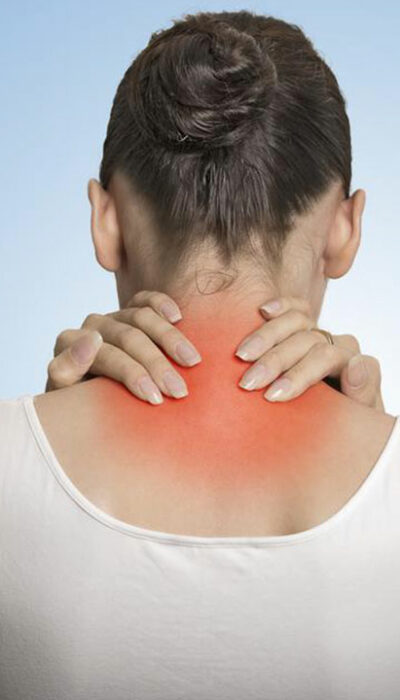
Foods to eat and avoid with eczema
Atopic dermatitis, also known as eczema, is an inflammatory skin condition that causes itchy rashes, blisters, skin irritation, and even results in leathery skin patches over time. While this condition is more common in kids aged less than two years, it can also affect older children and adults. Many people who suffer from eczema also tend to develop food allergies. So, it is important to discover one’s personal food needs for minimizing issues with eczema and the resulting allergies. Some of the common food allergies associated with eczema include: Shellfish Fish Nuts Gluten Soy products Eggs Cow’s milk However, not everyone may have the same flare ups or reactions to the same foods. Listed below are foods that contain properties that could help in decreasing eczema flare-ups, so that one can get to know their body and what foods works best for them. Foods to eat Fatty fish: One might be able to reduce their symptoms of eczema by eating fatty fish such as herring, mackerel, trout, and salmon. These fish include high levels of omega-3 fatty acids which leads to it having anti–inflammatory properties. One might also consider taking omega-3 supplements. Foods containing quercetin: The plant-based flavonoid quercetin helps give many veggies, fruits, and flowers their vibrant, rich colors. Quercetin also happens to be a powerful antihistamine and antioxidant which helps in reducing inflammation as well as histamine levels in the body. Foods that are rich in quercetin include kale, spinach, broccoli, cherries, blueberries, and apples. Foods containing probiotics: Probiotic food items like yogurt contain live culture that help in supporting a strong immune system, which could help lessen allergic reactions or flare-ups. Foods rich in probiotics include tempeh, kefir, unpasteurized sauerkraut, soft cheeses like Gouda, naturally fermented pickles, miso soup, and sourdough bread. Foods to avoid While what one eats might not directly cause eczema, it can be a trigger for a lot of symptoms.










